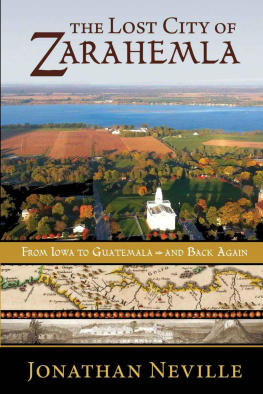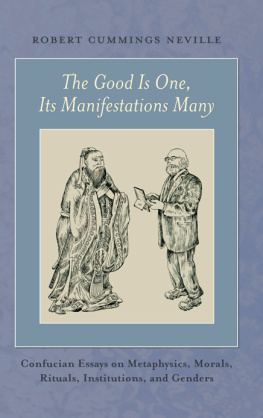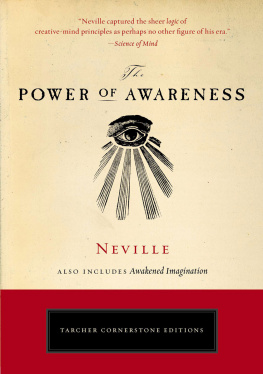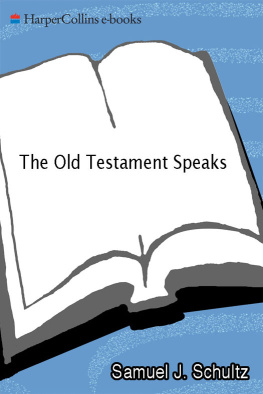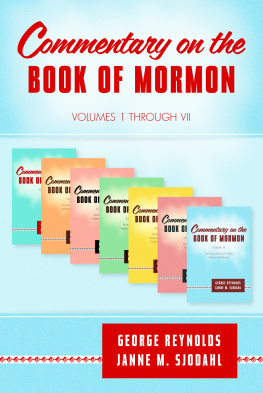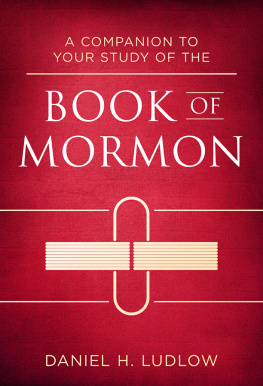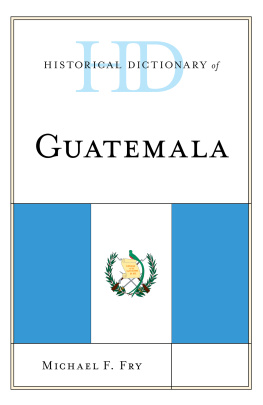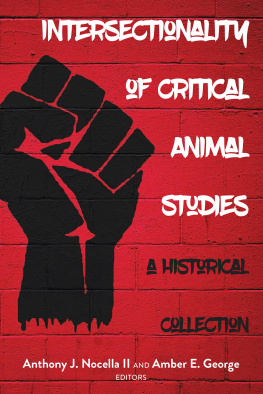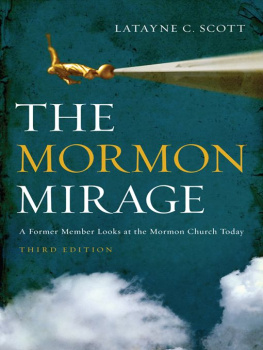by John Scott Intellectual Reserve, Inc.
Mystery Man
It is 1841. A talented young Latter-day Saint in Philadelphia burns with desire to share the restored Gospel of Jesus Christ. He has already contributed material to th e Times and Season s , the official Church publication in Nauvoo, starting with its first issue in 1839. But now he wants to do more.
With permission from the Prophet Joseph Smith and Sidney Rigdon, he starts an independent Mormon magazine. Like th e Times and Season s , it will be published on the 1 st and 15 th of each month.
The first issue comes out on January 1, 1841. In the March issues, he describes a new approach to missionary work that, he believes, will change the world.
He was wrong. His approach didnt change the world.
But it did change the Church.
Even today, 174 years later in the year 2015, his influence is seen inside every one of the Churchs thousands of chapels around the world, but few members have ever heard of him.
Church manuals include similar artwork without once mentioning him. The Churchs magazine, th e Ensig n , has featured covers inspired by his work, but in the magazines 33-year history, it has only mentioned his name once, back in 1984.
Tens of millions of copies of The Book of Mormon have been published containing Arnold Fribergs paintings that reflect this mystery mans theory, but none of its readers have any idea who he is.
This young mans work has led to the writing and publication of hundreds of books and videos. His words are even included i n The Teachings of the Prophet Joseph Smit h , inaccurately attributed to Joseph himself.
Ironically, Joseph did, in fact, quot e hi m .
Even few Church historians are familiar with him. The definitive biography of Joseph Smith , Rough Stone Rollin g , by Richard Lyman Bushman, mentions him only once; most church histories dont mention him at all.
He was not so anonymous in the early days of the Church. At age sixteen, he went on the grueling Zions Camp, the youngest adult participant (sixteen and older). He attended the School of the Prophets with David W. Patten, Heber C. Kimball, and others where he was taught by Joseph Smith. He was present when the first Quorum of the Twelve Apostles was appointed on 14 Feb 1835 in Kirtland. By age 20, he had been ordained an Elder, a Seventy, and was a member of the First Quorum of Seventies. He was a frequent missionary companion and close friend of Erastus Snow, who would become an Apostle in 1849. Together they went on a mission to Salem, Massachusetts, to fulfill Doctrine & Covenants (D&C) 111.
His parents, too, had an intimate relationship with the early brethren. It was in their home where Apostle David W. Patten, mortally wounded in the Battle of Crooked River in October 1838, died after receiving their care and attempts to save him. Joseph Smith hid from mobs in their Nauvoo home. His father was a good friend of Heber C. Kimball, lived in Winter Quarters 1846-49, and resided in Salt Lake City until he died in 1873.
This mystery man contributed possibly more content to th e Times and Season s than anyone other than Joseph Smith, but not always under his own name.
John Taylor, himself a future President of the Church, would describe him as an intelligent, prudent, and faithful young man, and fully competent to teach the principles of eternal truth.
Hyrum Smith would commend one of his books by saying the work will be exceeding useful to the Biblical student; to the Elders of the Church of Jesus Christ of Latter Day Saints; to the church in general; and to all serious inquirers after truth.
But that was later. Now, in March 1841, as this young man publishes his magazine, he has served a mission, traveled to England and back, and gotten married. He is the presiding Elder in his city, equivalent to a Bishop in todays church.
He has been frustrated that the gospel message isnt getting out. Why do so few people recognize the truth? His struggling branch has to deal with severe opposition. Local newspapers publish anti-Mormon articles and refuse to print rebuttals. Ministers from other churches harshly attack The Book of Mormon, Joseph Smith, and everything else about the Church, which he calls the society.
One man can only preach to so many people. There are only so many hours in a day.
Then he gets an idea. He has heard elements of this theory before, but now he has a vision of how this new course of argument can be improved and expanded until it becomes an incontrovertible testimony to The Book of Mormon. He envisions turning the world upside down. Faithful Christians will leave their sects to enter the waters of baptism in the true church, all because of the divine authenticity of The Book of Mormon, proved by his new theory. He firmly believes the masthead of his publication: When God Works Who Can Hinder?

